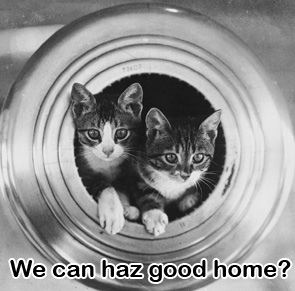As a reader of this blog, you realize the importance (and value) of a well-crafted message. But do you realize the importance of the HOW you package up your message?
There are many angles at our disposal. Our visuals and content can be funny, quirky, upbeat or solemn. It can also be inspirational and even manipulative.
Yup, manipulative. Seen those commercials by the Society for the Prevention of Cruelty to Animals, aka, the ASPCA in the States? The ones with the abused animals looking at you like you’re the only who can save them? The ones that make you sob and reach for the tissues? That’s using guilt to make you reach for your wallet after you’re done with the tissues.
Based on the fact that some organizations continue to spread on the guilt, the guilt perspective must work for them.
Another messaging perspective focuses on potential, using imagery of hope and positive outcomes instead of gut-wrenching pictures and tear-jerking music to inspire audiences to donate. A local Washington animal shelter, PAWS, uses words and visuals that imply we can be part of a beautiful relationship. We’ll get something out of donating or adopting a pet—a warm fuzzy glow or a warm fuzzy friend. Contrast this with the ASPCA who makes it seem like the poor animals will continue a life of filth and abuse if you don’t donate, and it’s all you and your mocha habit’s fault. (Yes, yes, you’re seeing my personal bias come through here.)
Both guilt and potential can drive engagement. Using either also reflects who you are as an organization. Your values and your personality. For better or for worse.
What ultimately inspires people to volunteer and donate can’t be pinned down to one factor–but having a well-defined message helps immensely. And HOW you deliver your message says a lot about what you believe.
Visit these organization’s sites and then rate their messaging below on the Guilt-Potential Continuum!
- ASPCA
- PAWS
- a child’s right
- Plan
- National Coalition for the Homeless
- National Alliance to End Homelessness


